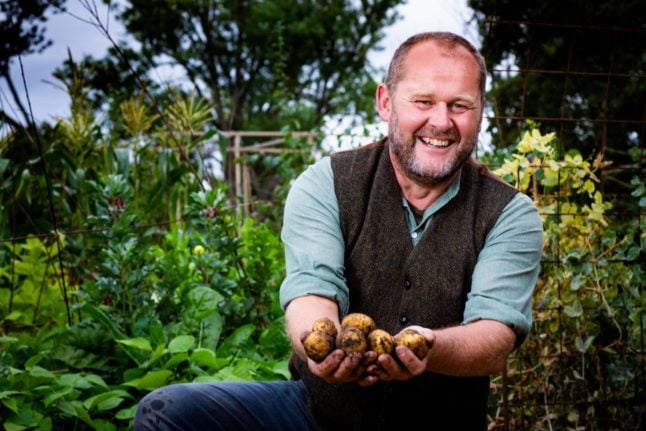“The climate crisis, ecological crisis and health crisis they are all interlinked,” Thunberg said in a video posted on social media for international biodiversity day. “Millions have died from Covid 19, Zika, Ebola, West Nile fever, SARS, MERS, HIV-AIDS,” as viruses jump from animals to humans, she added.
“The way we farm and treat nature cutting down forests and destroying habitats, we are creating the perfect conditions for diseases to spill over from one animal to another — and to us,” the 18-year-old said.
View this post on Instagram
According to the World Health Organization (WHO) it is likely that an animal transmitted the coronavirus to man.
Zoonoses — diseases that have jumped from animals to humans — comprise a large percentage of all newly identified infectious diseases, as well as many existing ones.
“If we keep making food the way we do we will also destroy the habitats of most wild plants and animals driving countless species to extinction,” Thunberg added. “They are our life-supporting system if we lose them we will be lost too.”
She also returned to her focus on climate change, renewing her call for major reductions in emissions immediately.
“When we think about the villains of the climate crisis of course we picture fossil fuel companies but agriculture and land use together are about one quarter of our emissions this is huge,” she said. “It doesn’t have to be like this. If we change towards a plant-based diet we could save up to eight billion tons of CO2 every single year.”




 Please whitelist us to continue reading.
Please whitelist us to continue reading.
Member comments